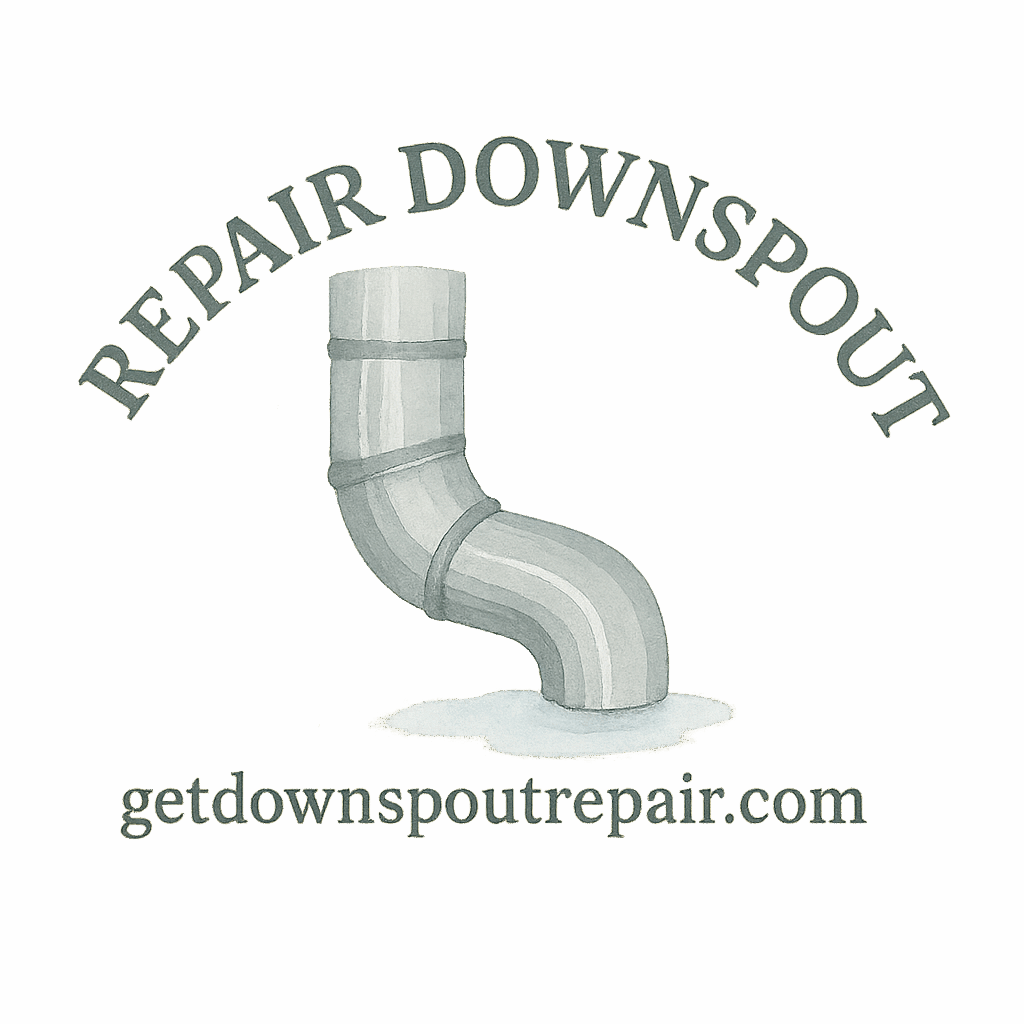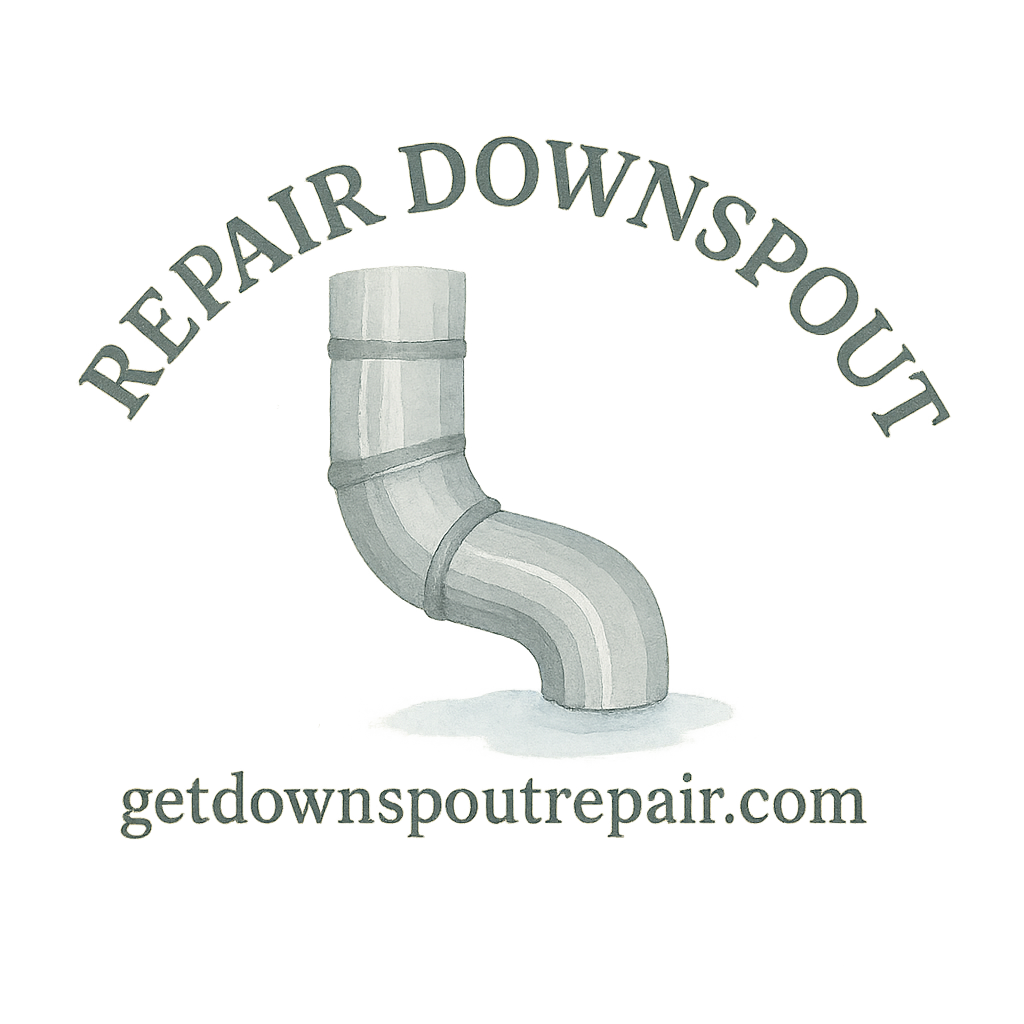Why Summer Is the Best Time for Downspout Repair
When the sun is out and the days are longer, there’s no better time to tackle downspout repair. Unlike fall or winter, you’re not battling freezing rain, icy ladders, or slippery ground. Summer makes home maintenance not only easier but safer.
Warm Weather Benefits
Warm temperatures mean sealants dry faster, metal contracts less, and you don’t have to worry about water freezing in your gutters. Repairs you make in summer tend to last longer because the materials have time to cure properly.
Easier Access and Safety
Climbing ladders in icy conditions is a nightmare waiting to happen. Summer gives you dry, stable ground and safer access to your gutters and downspouts. That means fewer accidents and better repair results.
Essential Tools for DIY Downspout Repair
Before diving into these summer routines, let’s get your toolkit ready.
Basic Hand Tools
You don’t need a contractor’s van full of gadgets. A screwdriver, pliers, hammer, drill, and a measuring tape are enough for most tasks.
Safety Gear You Shouldn’t Skip
Gloves, goggles, and a sturdy ladder aren’t optional—they’re essential. Downspout metal edges can be sharp, and ladder falls are one of the most common DIY injuries.
Affordable vs Premium Tools
Not sure whether to invest in high-end tools? For casual DIY, budget-friendly options work fine. But if you plan on regular repairs, premium tools last longer and save you money over time.
Routine 1: Inspect for Clogs and Debris
This is the number one cause of downspout problems—clogs from leaves, twigs, or even bird nests.
Signs of a Clogged Downspout
- Water spilling over the gutter edge
- Sagging or bulging downspouts
- Mildew or water stains near your foundation
Clearing Methods That Work
Garden Hose Flush
The simplest method? Blast it with a garden hose. Insert the hose from the top and let the water push out debris.
Using a Plumbing Snake
If the clog is stubborn, use a plumbing snake. Feed it into the downspout to break up packed dirt and leaves. For more step-by-step techniques, check the DIY fixes guide.
Routine 2: Check for Loose Connections
Loose joints lead to leaks and wasted water.
Common Causes of Loose Joints
- Strong winds pulling down sections
- Rust eating away screws
- Improper installation in the past
How to Tighten or Reattach Sections
Simply reseat the downspout section and secure it with new screws or rivets. Use a level to make sure it’s angled correctly toward the drainage area.
Routine 3: Seal Leaks and Cracks
Even small leaks can cause big problems if ignored.
Identifying Hidden Leaks
Run water through your downspout and check for drips along seams. A flashlight helps spot sneaky leaks.
Best Sealants for Long-Term Repair
Opt for waterproof silicone caulk or aluminum patch kits. Learn more from the repair basics guide to pick the right product.

Routine 4: Adjust Downspout Angle
Downspouts should guide water at least 4–6 feet away from your home.
Preventing Water Pooling
If water puddles around your foundation, your downspout angle isn’t right. Adjust brackets to redirect the flow.
Extensions for Better Drainage
Add a flexible extension or underground piping. The drainage protection section covers options for every budget.
Routine 5: Clean Gutters to Protect Downspouts
Your gutters are the gatekeepers for your downspouts. If they’re clogged, your downspouts will fail too.
Why Gutters and Downspouts Work Together
Think of them as teammates—gutters collect, downspouts direct. If one fails, the other suffers.
Tools for Gutter Cleaning
Use a gutter scoop, blower, or hose attachment. Don’t forget gloves and a bucket. More cleaning hacks can be found in gutter cleaning tips.
Routine 6: Add Splash Blocks or Drainage Solutions
This protects your foundation from erosion and water damage.
Protecting Your Foundation
Without proper drainage, water seeps into basements, causing mold and costly structural issues.
Affordable Drainage Upgrades
Plastic splash blocks cost just a few dollars. For advanced solutions, consider underground drainage systems outlined in drainage protection.
Routine 7: Regular Summer Maintenance Checklist
A checklist keeps you consistent and prevents neglect.
Quick Monthly Checks
- Ensure all screws are tight
- Clear minor debris
- Look for small leaks
Seasonal Deep Cleaning
Once or twice each summer, do a full flush, reseal seams, and adjust angles. Don’t fall victim to downspout neglect.
DIY vs Professional Downspout Repair
Not everything has to be DIY, but you’d be surprised how much you can handle on your own.
When DIY Is Enough
Clogs, loose joints, and minor leaks are perfect beginner projects. For a guide, start with beginner repair tips.
When to Call a Pro
If your downspout is detached from the gutter, crushed, or causing water damage inside your walls, it’s time to check out professional help.
Budget-Friendly Tips for Homeowners
Saving Money on Tools and Materials
Shop during seasonal sales and consider renting tools you won’t use often. Explore more budget tips.
Preventing Costly Repairs Later
Regular maintenance today saves you thousands in water damage restoration tomorrow.
Common Mistakes to Avoid
Ignoring Small Leaks
That tiny drip you see today? It can rot your siding and foundation if ignored.
Forgetting Safety Gear
Never skip gloves, goggles, or a stable ladder. One accident can cost more than any repair.
Conclusion
Summer is the perfect season to tackle DIY downspout repair. With these seven routines, you’ll keep your home safe, your foundation dry, and your wallet happy. Whether it’s clearing clogs, sealing leaks, or adding drainage solutions, a little effort goes a long way. If you’re ever unsure, don’t hesitate to seek pro help—but for most homeowners, these simple steps will keep things running smoothly all season long.
FAQs
1. How often should I clean my downspouts in summer?
At least once a month for debris checks and a full flush mid-season.
2. Can I repair a cracked downspout without replacing it?
Yes! Sealants or patch kits work well for small cracks.
3. Do I really need splash blocks under every downspout?
Absolutely—they prevent soil erosion and foundation damage.
4. What’s the cheapest DIY downspout repair tool?
A garden hose is often all you need for clearing clogs.
5. Should I paint my downspouts after repair?
Yes, it protects the metal from rust and improves curb appeal.
6. Is it safe to repair downspouts alone?
Yes, if you follow ladder safety and wear protective gear.
7. When is downspout replacement better than repair?
If it’s crushed, severely rusted, or pulling away from your house, replacement is the smarter move.


